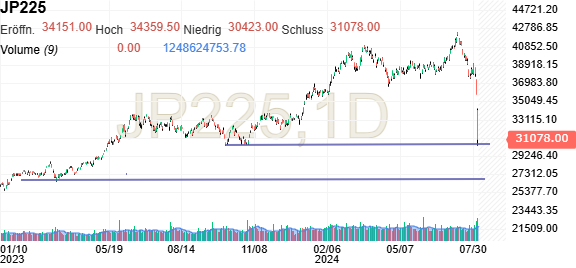Nikkei 225: A Comprehensive Overview

Introduction
The Nikkei 225 index is one of the most important stock market indices in Asia, representing the performance of the top 225 blue-chip companies listed on the Tokyo Stock Exchange (TSE). Tracking its movements is vital for investors, analysts, and policymakers, as it reflects the overall health of the Japanese economy and provides insights into global market trends.
Current State of the Nikkei 225
As of October 2023, the Nikkei 225 has seen significant fluctuations influenced by various factors, including global economic conditions, interest rate changes, and corporate earnings reports. Currently, the index is hovering around the 33,000 mark, buoyed by strong performances in the technology and automotive sectors. Analysts credit the government’s stimulus measures and the Bank of Japan’s ongoing support for economic recovery as key contributors to this uptick.
Factors Influencing the Nikkei 225
Several critical factors impact the Nikkei 225’s performance:
- Global Economic Conditions: The recent trends in the US and Chinese markets significantly affect investor sentiment in Japan. Fluctuations in these major economies can lead to increased volatility in the Nikkei.
- Monetary Policy: The Bank of Japan’s interest rate policies play a crucial role. An anticipated shift towards higher rates to tackle inflation could create headwinds for the index.
- Corporate Earnings: Strong earnings reports from major conglomerates like Toyota, Sony, and SoftBank have a direct impact on the index’s movements.
Significance of the Nikkei 225
The Nikkei 225 serves as more than just a barometer for the Japanese economy; it is also a critical component of global market analysis. Investors worldwide track the index for cues on market sentiment and economic stability in Japan, one of the largest economies. Additionally, it is often used as a benchmark for performance comparison in international investments.
Conclusion
The Nikkei 225 remains a vital indicator for investors looking to gauge the economic landscape in Japan and its ripple effects across the globe. As more investors watch the index’s movements, its implications for Japan’s economic policies and corporate strategies become increasingly significant. Looking ahead, market analysts suggest vigilance in observing external economic cues and local developments, as these factors are likely to continue influencing the index’s trajectory in the coming months.









